How to Plant Peanuts in your Garden: [Complete Guide + Images]
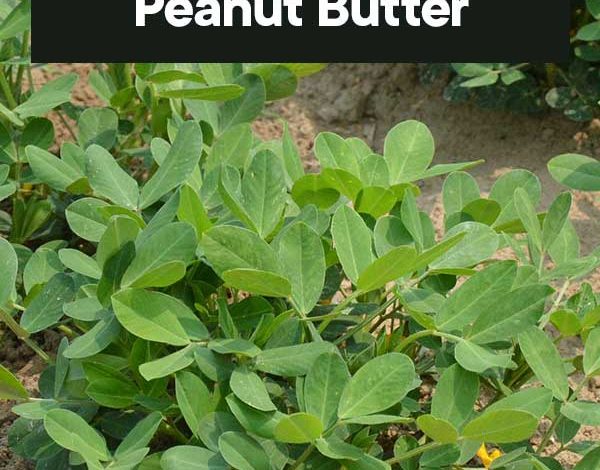
Important Points when Planting Peanuts:
- When? Planting is done in the spring, shortly after the last frost.
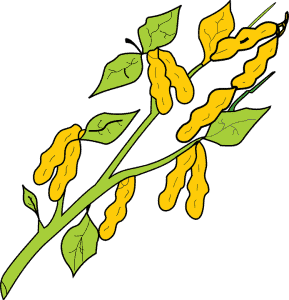
- Where? Requires full exposure to direct sunlight. The semi shade or shade prevent flowering.
- Harvest time? Approximately 4 months after sowing.
- How do we prepare the land? The substrate must be loose, fertile, well drained and with a high content of calcium, phosphorus and potassium.
- How do we water? Ideal, drip irrigation. Abundant and regular waterings are required during the early stages.
- How do we sow? Here step by step.
- How do we harvest? The ideal harvest time is determined when the plant begins to dry out and the leaves begin to turn yellow.
- Favorable associations? Cereals, corn, beans, lentils and beans.
- Plagues and diseases? Rust, leaf spot, Bacterial Wilt.
Regardless of whether you call it peanut, peanut, peanut or groundnut, this legume from the Fabaceae family is one of the most fun to grow.
As you know, it is one of the most common nuts.
We highly recommend that you try planting peanuts in your garden, urban garden or home garden. You will not regret.
Also, it is very simple. If you are interested in learning more aboutthe correct way to grow peanuts, read on.
When should peanuts be planted?
Peanut sowing is done during the spring,shortly after the last frost.
Where to plant peanuts?
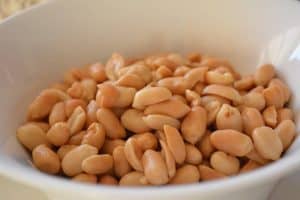 Peanut is a warm weather crop, quite sensitive to frost, but tolerant to temperate temperatures.
Peanut is a warm weather crop, quite sensitive to frost, but tolerant to temperate temperatures.
requires offull exposure to direct sunlight.Semi-shade or shade prevent flowering.
Optimum temperatures are between 20 and 30 ºC.
How often should peanuts be watered?
are requiredabundant and regular watering during the early stages.
It must be done flush in order to keep the soil moist, without causing waterlogging. During the flowering period, irrigation should be reduced or suspended so as not to harm pollination.
Must bewater avoiding touching the leaves,since these do not tolerate excessive humidity.
Frequent rains are usually beneficial, as long as they don’t come when the pods are developing or maturing.
For this reason, it is convenient to plant peanuts in dry soil during the rainy season or, alternatively, in well -drained soils that allow constant irrigation during the dry season.
Make sure that the area you have chosen is not prone to flooding, as if the soil becomes excessively waterlogged, rot can occur.
They stop watering a week before harvest.
How do we prepare the land?
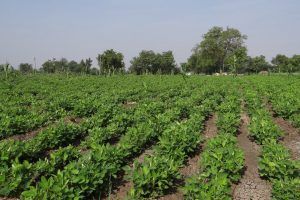 The substrate must be loose, fertile, well drained and high in calcium, phosphorus and potassium.
The substrate must be loose, fertile, well drained and high in calcium, phosphorus and potassium.
pH should be above 7.0
Peanut cultivation extracts an enormous amount of nutrients, so it is necessary to fertilize the land and alternate with other crops, before planting peanuts again in the same area. It is advisable to wait at least 3 years before repeating it.
In general, humus- sand lands are the best for this crop.
Fertile, sandy soils may be suitable, and Colorados, if not too clayey and well prepared, are also suitable.
Very acid soils that conserve too much moisture are not recommended.
What are the most favorable associations for peanut cultivation?
It is a good precedent for cereal crops, corn and beans.
The most favorable association is with corn.
How to plant peanuts step by step
Step1: Clear the ground
 It removes weeds and remains of previous crops and all kinds of residues to ensure that your peanuts receive the correct amount of nutrients.
It removes weeds and remains of previous crops and all kinds of residues to ensure that your peanuts receive the correct amount of nutrients.
All plants must be pulled out by the roots to prevent them from growing back.
Remove the soil with a rake so that it is well ventilated.
It is advisable to give the land a deep plowing during the winter, 20 to 25 centimeters deep.
Subsequently, another plowing must be done during the spring, this one more superficial.
Step 2: Prepare the ground
Moisten the soil before sowing, this will reduce the risk of expelling the seeds as a result of the force of the water.
Fertilize the soil. Mix the fertilizers to a depth of 5 centimeters.
Step3: Put the seeds in the soil
 Seeds are recommended to be purchased at garden stores. These should not be toasted.
Seeds are recommended to be purchased at garden stores. These should not be toasted.
When sowing, trenches are formed with a separation of at least 60 cm between each other. In each trench mounds of earth will be made spaced 40 centimeters apart, and in each mound 2 to 3 seeds are planted at a depth of between 3 and 5 cm. When you’re done, cover them lightly.
Once planted, water the soil abundantly.
Step 4: Select the healthiest and strongest seedlings
The seeds will germinate in 8 days. If more than one seed has germinated in each hole, keep the strongest one. To do this, do not pull the weak one, as you can damage the leaves. A simple pruning at ground level is sufficient.
Step 5: Other care
After a while, the flowers of the plant burrow, as this is how peanuts form underground, so it is important that the soil around these plants is always as loose as possible.
It is important that we avoid touching the flowers, as they fall easily and this harms the harvest.
How to harvest peanuts
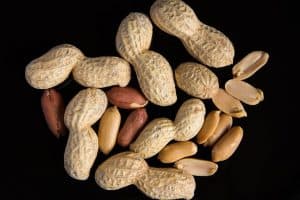 The harvest occurs during the fall,approximately 4 months after sowing.
The harvest occurs during the fall,approximately 4 months after sowing.
The ideal harvest time is determined when the plant begins to dry out and the leaves begin to turn yellow. By then they will have internally detached from the pod and their testa can easily be detached.
It is advisable to carefully extract the entire plant and leave it to dry in the sun for a couple of days.
Once the pods are completely dry they are threshed by hand. Ripe seeds should be pink or red.
We must bear in mind that the peanut has been present in agriculture for many years because it is used in countless culinary recipes.
Peanut pests and diseases
the peanutIt is a very pest resistant plant.Some of the diseases that most often affect you are:
Bacterial Wilt (Pesudomonas solanacearum)
The leaves quickly wilt and eventually die.
For its prevention, it is recommended to use resistant varieties, as well as to rotate long – cycle crops with plants that are not hosts.
If the land is infected and wilts, peanuts should not be planted on it for 6 years or more.
Leaf spot (Cercospora personata)
It occurs in the wettest periods.
It is best to install a drip irrigation system and apply horsetail as prevention.
It also works to eliminate weeds and crop residues, and favor the ventilation of the crop.
Rust (Puccinia arachidis)
It attacks the aerial part of the plant, mainly the leaves and stems, where red or orange powdery masses appear.
The recommended treatment is based on horsetail

![Photo of The Verbena Plant: [Planting, Care, Irrigation and Substrate]](https://www.complete-gardening.com/wp-content/uploads/2022/08/the-verbena-plant-planting-care-irrigation-and-substrate-390x220.jpg)
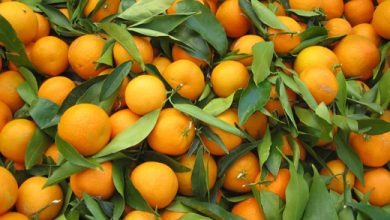
![Photo of Types of Plants to Grow in Winter: [14 Examples]](https://www.complete-gardening.com/wp-content/uploads/2022/08/types-of-plants-to-grow-in-winter-14-examples-390x220.jpg)
![Photo of Tradescantia Pallida or Purpurina: [Sowing, Care, Irrigation and Substrate]](https://www.complete-gardening.com/wp-content/uploads/2021/06/Tradescantia_pallida_1568322704-390x220.jpg)